Matthew Wood and Christopher Scarabosio Talk The Sounds Of ‘Rogue One’
Sound editors Matthew Wood and Christopher Scarabosio chat with ComingSoon about the challenges of developing the first Star Wars spin-off film and the road that lies ahead within the universe. Read on for more!
Coming Soon has a fabulous exclusive interview out this week with ‘Rogue One: A Star Wars Story‘ sound editors Matthew Wood and Christopher Scarabosio. The sound editing duo recently grabbed an Oscar nomination for “Achievement in Sound Mixing.”
In the exclusive, Wood and Scarabosio discuss the challenges of developing the first spin-off film, keeping the sound consistent across all of the different types of Star Wars media and stories and some interesting sounds in the film that some may have not picked up on.
ComingSoon: You guys have both been a part of the Star Wars universe for some time.
Christopher Scarabosio: Well, both Matt and I worked on many of the “Star Wars” projects. We actually worked together at Skywalker Sound for 25, I think, 26 years. So we’ve known each other a long time, and we started on the prequels, with Episodes One, Two and Three. Matt can speak to further involvement on the “Rebels” and some of the other shows.
Matthew Wood: Yeah, I supervised “Rebels” and “Clone Wars.” And I did the remastering of Episodes IV, V and VI for Blu-ray and DVD as well.
Scarabosio: In simple terms, basically Matt deals with all the dialogue and I deal with all the sound effects.
CS: One of the things that seems neat with “Rogue One” is that it offers ways of looking at things in the “Star Wars” universe that we haven’t seen before. In your job, there’s a balance there with a lot of classic sounds from “Star Wars.” How does that play out in what you do?
Scarabosio: It all starts actually with the fact that we’re doing a “Star Wars” movie every year now. We have a new director and production team on each one. So we’ve got that energy of the director on each project that’s different. So how we approach the project is going to sort of be predicated by their involvement. So that’s the main change. But then, on this particular film, we’ve gone to a lot of locations in “Rogue One” on locations we’ve never seen before in any of the films. We’ve got new ships, new planets, new creatures, new weapons, and that they all have to sort of fit in the same genre of everything that’s been created before, is now going on 40 years’ worth of material. So, and Gareth Edwards has a very strong vision about how he wanted to do the film and worked with us really early on, and we were involved. We came to Pinewood Studios and toured the sets and got to see the design scape of the movie and picked up the weapons and hold them in our hands and see the costumes and all of that. So that’s all very exciting for us, as well.
CS: Is there then an added pressure of sort of knowing that when you create certain sound effects, these are going to be the sound effects of the universe that will live beyond the film?
Wood: That’s absolutely correct. That is a challenge and a kind of a burden that you know that these sounds—people are going to watch the film over and over and they’re going to analyze this film in every which way, with the visual effects and the sound effects. And so, yeah, we have to, we look at this, it’s as much fun as we like to have doing this stuff, it’s a big deal, it’s a huge challenge, and we take it real, very seriously, because we know that this is such a beloved franchise, that “Star Wars” is such an iconic worldwide phenomena, that you know, it’s such a great thing to be a part of. And we really want to honor what’s come before us, but we want to set kind of a new standard going forward.
CS: Is there an additional way of sort of like, future proofing certain sounds to make sure that alternative takes are available down the line?
Wood: Oh, that’s an interesting thing. I mean, the palette of what we create things from is certainly at our disposal. So like, we’ve have things like, even in the “Clone Wars” series, where we’d have one planet that we’ve gone to in a film, and then, it’ll be in an episode of “Clone Wars” three times in a row, and we have to expand upon it, that’s kind of the challenge. But I think that in this film, the personnel are the people that are going to be having all those alternate takes.
Scarabosio: I mean, as far as creating sounds, there’s a lot of exploration and a lot of experimentation. But once you kind of end up boiling it all down, when you get to the kind of the crux, the kind of essential part of that sound, you almost don’t want to have too many options, because then it kind of becomes something else. When I’m listening to the TIE fighters and the X-wings, there’s a couple different takes, but there’s really only one or two versions that when you want that signature sound, those are the only two sounds that you’re going to use. So in a way, you don’t want to have too many options, because then it might start sounding like something other than it is.
CS:What was the single hardest element to get right on “Rogue One”?
Scarabosio: Single hardest element? Well, there were a lot of challenges between all the many weapons and the new ships. For me, it was the ships. I think “Star Wars,” you know, you think of spaceships and you just want to create something that is going to last and that people are going to have some attachment to, a little different than weaponry. So I would say that the ships between Krennic’s ship, the cargo ship, which, that’s what Bodhi was piloting, and the U-wing, those were probably the biggest challenges.
CS: When you’re looking at these things, I know famously there were all sorts of crazy things that were done to achieve various classic sound effects in “Star Wars.” What was the weirdest thing you found yourself doing?
Wood: Whoa. I don’t know if I could say that. (Laughs) Weirdest? I don’t know. Ah… Man, you know, we do so much, that by the time that we get to the finishing point, you start losing a grasp of all the things that you did during a show. I mean, some of the death troopers were kind of whacky. I mean, probably the coolest thing was recording these racing drones, that I found a guy who is basically a pilot and builds his own racing drones. So I contacted him, and he came out to the ranch where we were recording these drones flying around, doing all these different kind of tricks, and we did some recording inside and outside. And that became a major element of the U-wing. So that was probably the funnest and coolest thing we did in the sound effects side of things.
CS: It seems like in a lot of ways, sound effects are almost kind of like the glue that holds everything together, given that you’ll hear the exact same thing, maybe on “Rebels” and on the big screen. And I’m curious just what that bigger approach to a universe means, if you can articulate that.
Scarabosio: I don’t know that it’s as grand as maybe you’re putting it. I mean, to a certain degree, there’s a certain amount of practicality. You know, a Storm Trooper blaster should sound, kind of be consistent across all of the different types of media and different types of stories, as Darth Vader is breathing. And you know, that’s not something that you want to change, or a light saber ignites. It’s really about creating the new stuff, the new sound effects and sound design in different voices that fit in with the legacy stuff that becomes a bigger issue, that it all works together kind of in this universe or this lexicon that’s been created.
CS: How quickly do you know when it doesn’t? Are there ever times where something just seems like it’s working, but it doesn’t work in the end?
Scarabosio: It varies.
Wood: Yeah, that does vary. I mean, certainly it’s always nice if we can—because we start fairly early on a project that was something George Lucas was always into was having the sound team start when a script is ready and get our ideas going. But some of these ideas, we can be working with for eight months. And then, so by the time we get to the end, if it’s stayed in that long, it’s probably working. And you know, we have a chance to change that out. But yeah, as Chris said, you want things to play like if your eyes were closed, you could identify that as a certain signature sound. So that would be Krennic’s ship that I’m hearing going overhead, even though I can’t see it. So it’s got that unique quality.
Scarabosio: Yeah, it’s like if you hear Vader’s breath and he’s off-screen, you know it’s Vader. So that’s one of the tests I think, when trying to finalize some sound design, is feeling like A, is it a sound that I can easily identify, if I don’t see that thing. And B, when I watch all the other, work on all the other “Star Wars” movies that we’ve been a part of and watch and enjoy, do I feel like it has that feel that fits in with all of that? And most of the time you know kind of right away, but there’s always the couple of sounds or voices that can be a little more controversial.
Wood: Yeah. (Laughs). Accidents happen sometimes for the best. I mean, when we’re in the mix and putting everything together, we might play something too loud or play something even out of sync or play something, and we’re like, wait a minute, that actually kind of works. And things like that have happened, like in the past in the prequels, we had those in the asteroid chase with Jango Fett and Obi-Wan Kenobi. He drops off these sonic charges, and one of the ideas we had was just to have an absence of sound for a few seconds until the big explosion goes off. It seemed like a mistake, but then, it’s one of the most beloved sounds of those prequels.
You can view the entire interview here
May the force be with you!

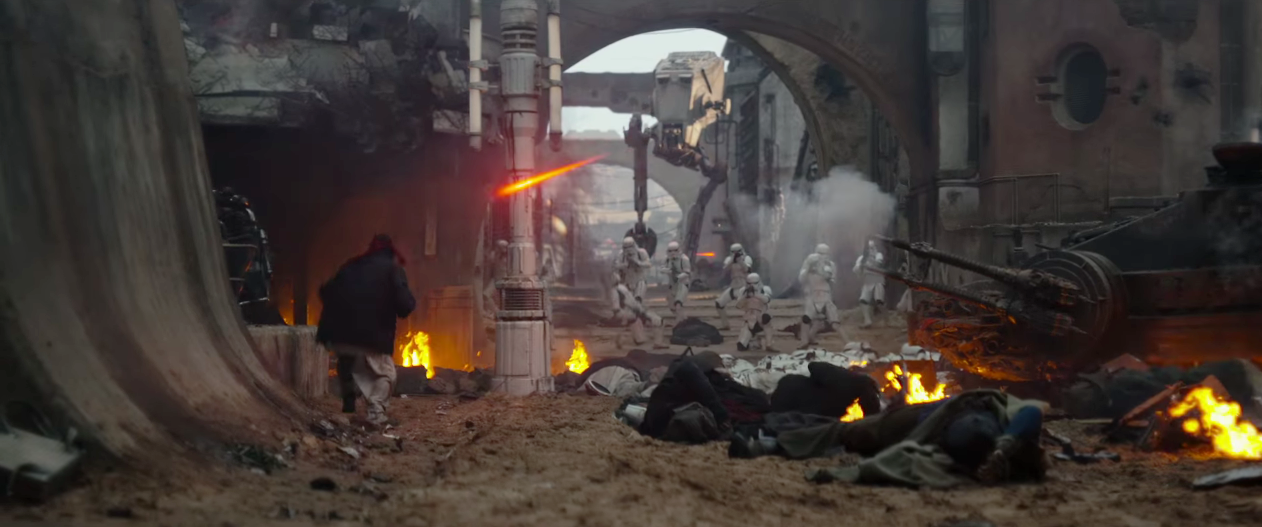
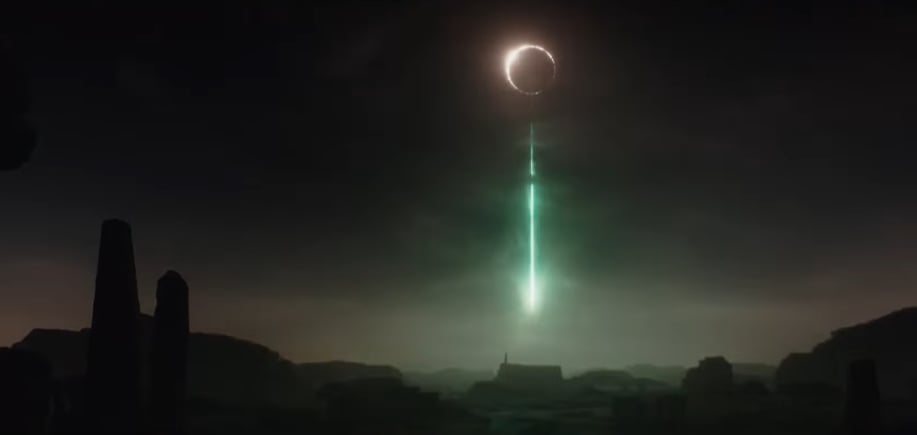
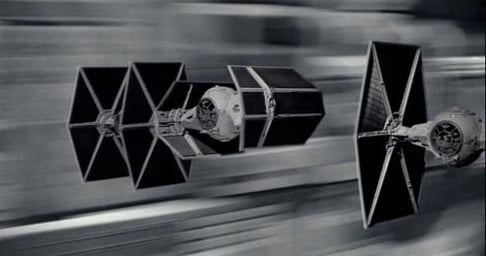
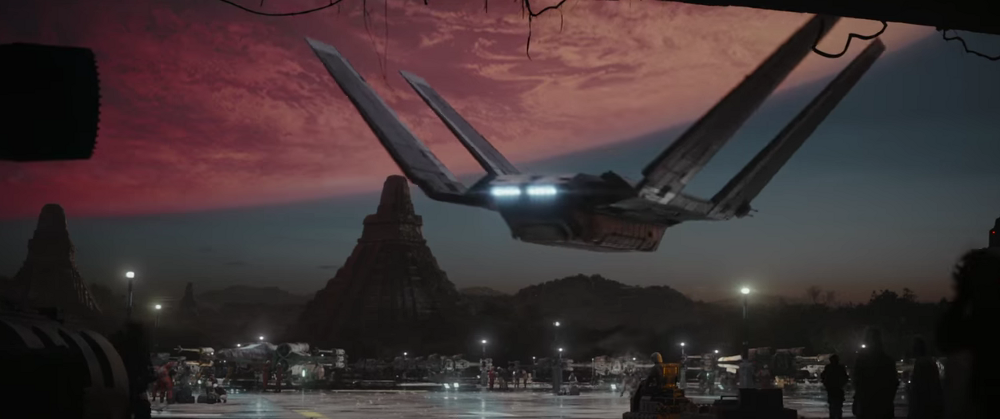
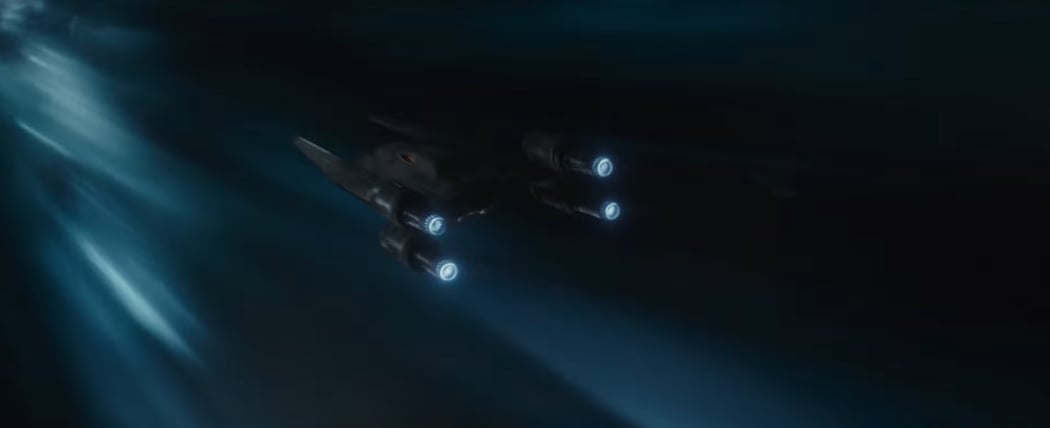
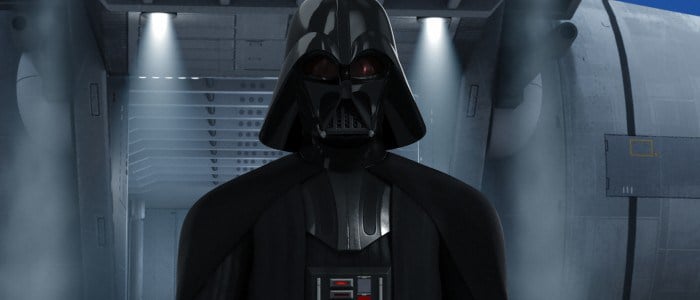
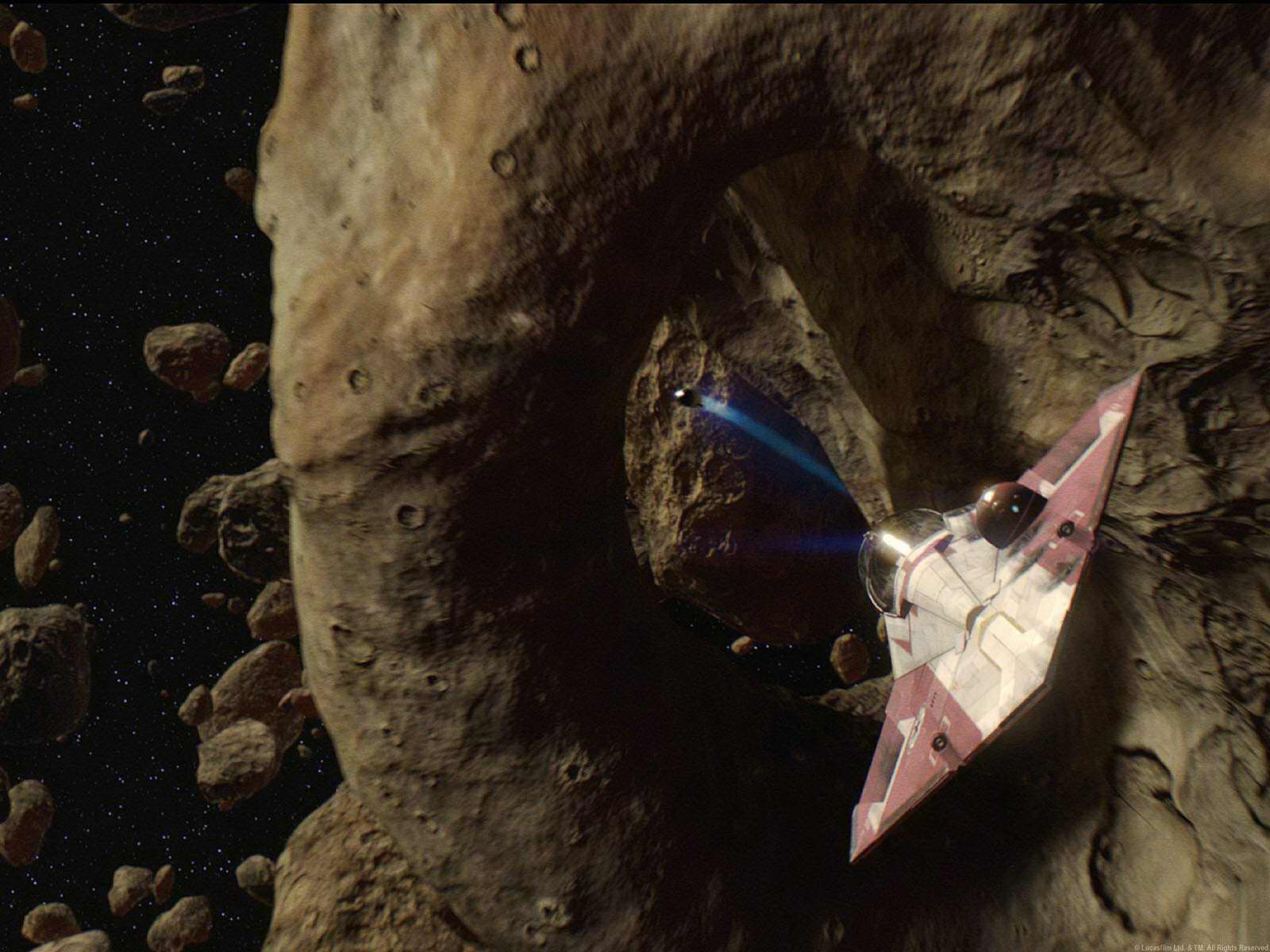
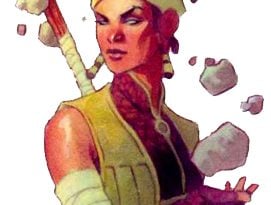
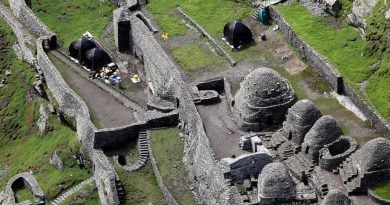
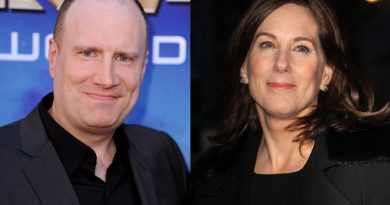
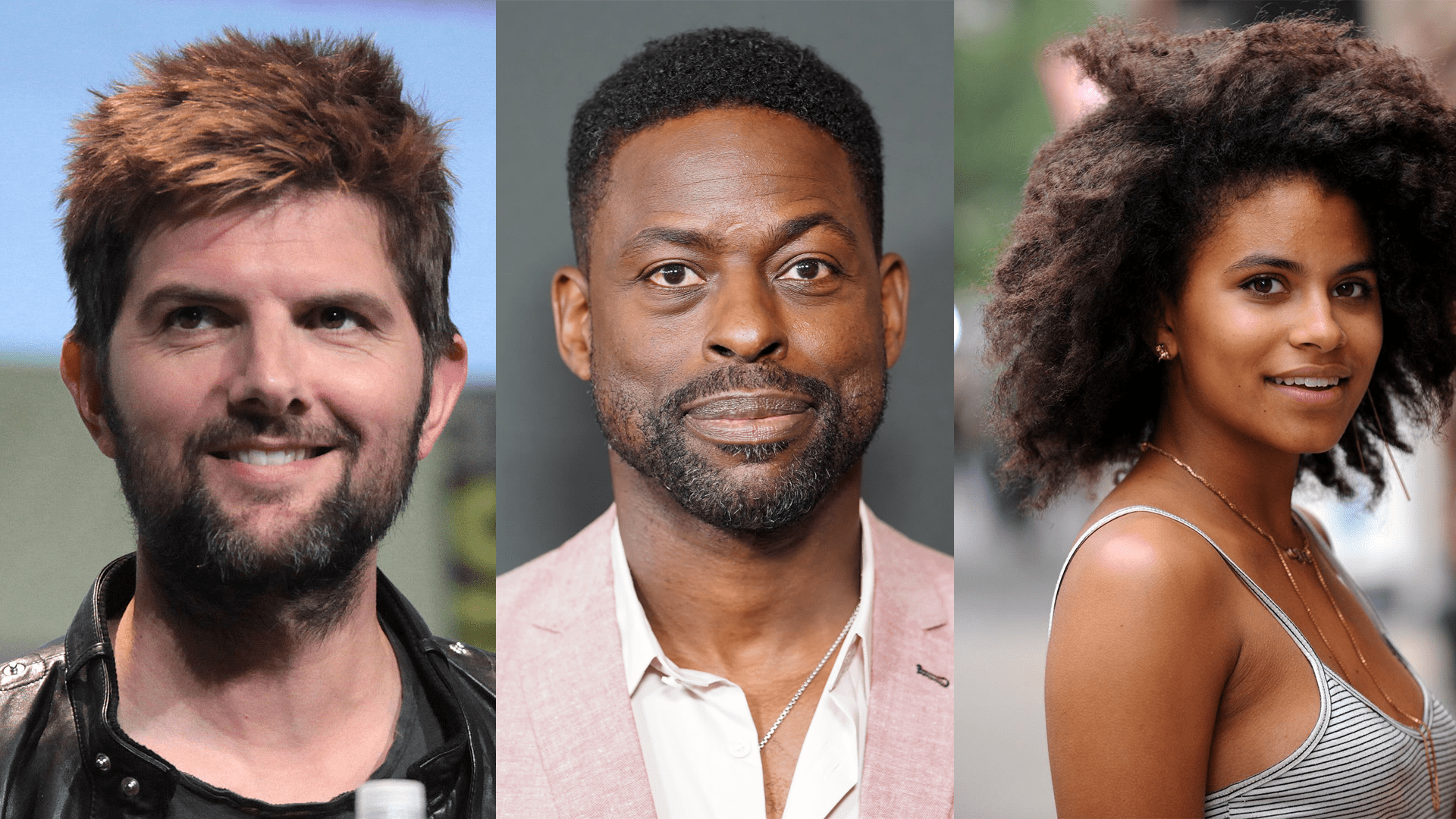
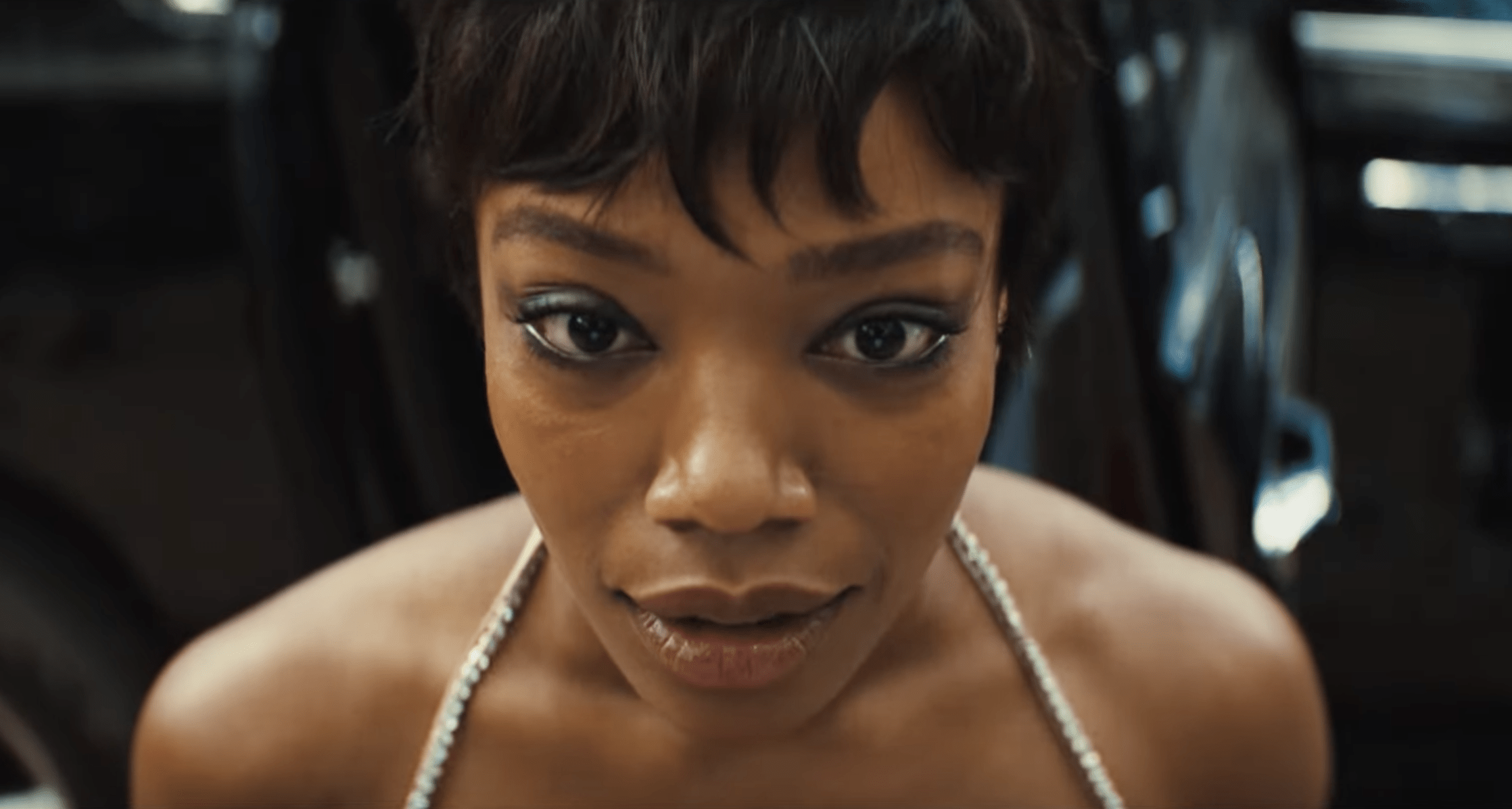

Will all due respect to the guys at LFL, sound is the only aspect which was much better in the PT than in the ST and R1 so far, imo…
Geroge Lucas knew how important the sound is. The OT and even the PT has a very rich sound enviroment. The post-Lucas era SW sound is so far very derivative and unimpressive imo.
There are only so many new sounds you can create when you;re dealing with the same vehicles and time period.
I tend to agree with this statement. Matthew Wood seems like a nice guy but Ben Burtt really was the John Williams of sound design.